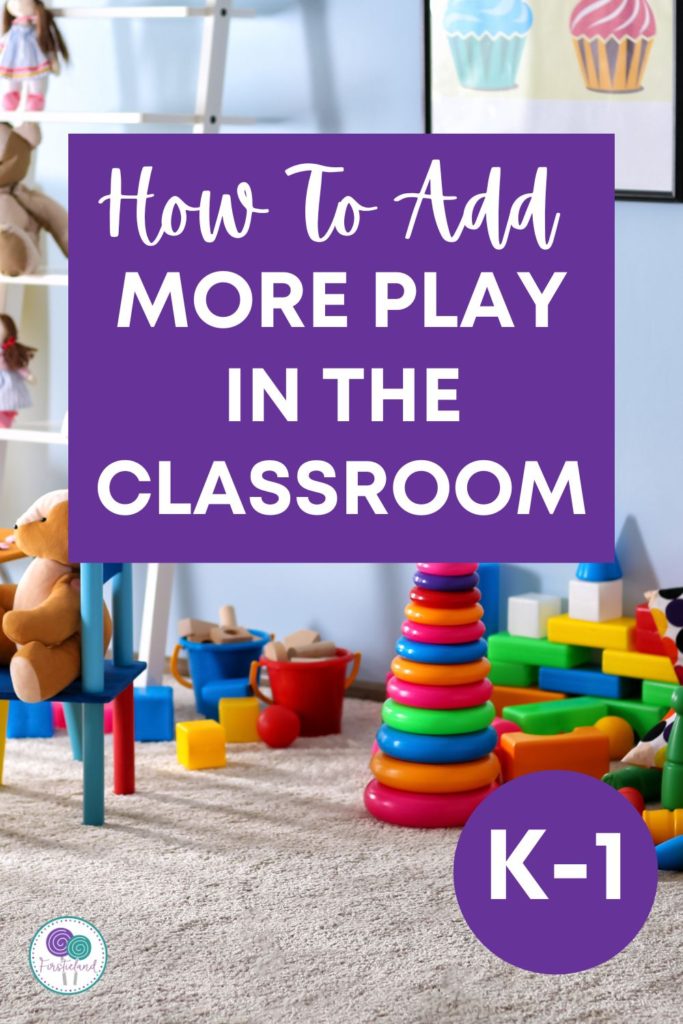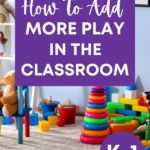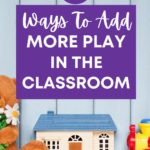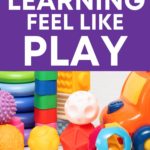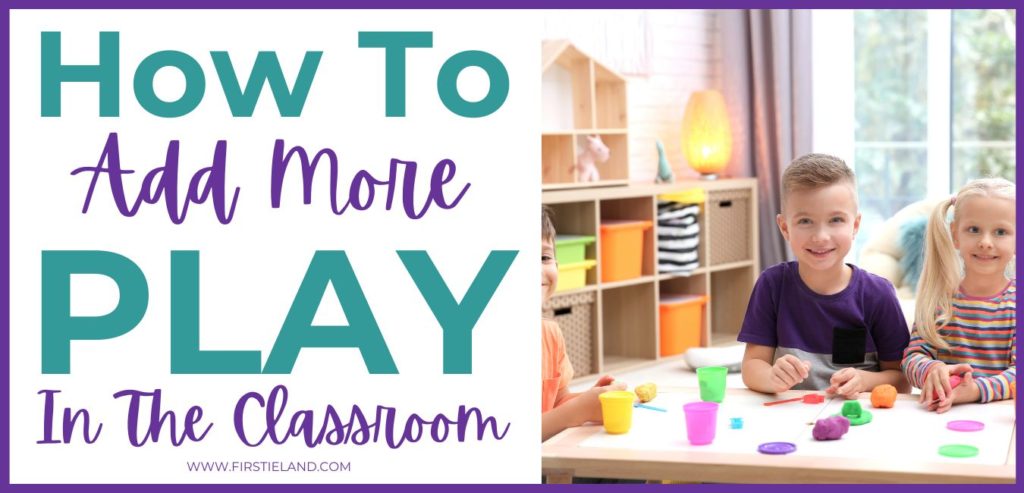
As a kindergarten or first grade teacher, you want your students to be engaged and enjoy learning. Fortunately, there are many ways to add more play in the classroom and still keep students learning. Here are 11 simple tips to help you make learning feel like play in your classroom.
Why is play important in the classroom?
Play is essential to the development of young children. Through play, children have the opportunity to explore their world, try out new roles, and experiment with different ways of doing things. They also learn important social skills such as sharing, cooperation, and communication. Moreover, play provides a powerful means for children to express their feelings and work through emotional difficulties.
In an elementary classroom, play should be an integral part of the learning process. By incorporating play into lessons and activities, teachers can provide their students with a well-rounded education that helps them to grow academically, emotionally, and socially.
Free play vs. structured play in the classroom
When it comes to elementary classrooms, there are two main types of play – structured and free. Structured play is where the teacher provides a specific activity or game for the students to do. This can be anything from a math lesson that uses blocks to build towers, to a literacy lesson where students act out a story. Free play, on the other hand, is when students are given the freedom to choose their own activity. They might play with toys, build with blocks, or read a book.
While both types of play are beneficial, they each have their own advantages. Structured play helps to support the educational goals of the classroom, while free play allows students to explore their interests and develop creativity. Ultimately, both types of play are important for a well-rounded education.
Examples Of Learning Through Play In The Classroom
1. Add more play in the classroom with games.
Many people believe that games have no place in the classroom. However, games can actually be a valuable learning tool, especially for young children. Games help children to learn important academic concepts in a fun and engaging way. They also promote cooperation and teamwork. In addition, games can provide a much-needed break from more traditional activities such as lectures and workbooks.
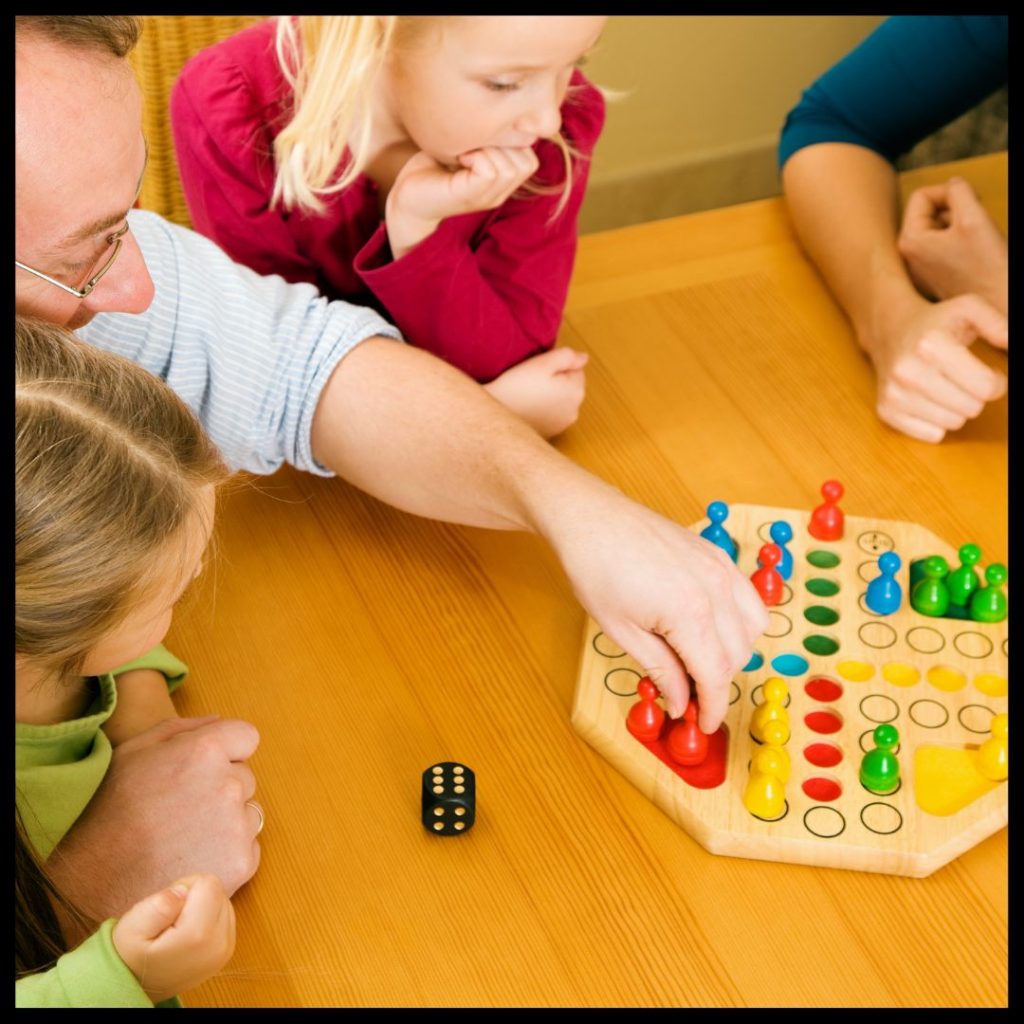
Of course, not all games are created equal. It's important to choose games that are appropriate for the age group and that align with the curriculum. Games can be used to teach a wide range of concepts and skills, from the alphabet to addition. And, because they're enjoyable, games also help to keep students engaged and motivated. In first grade, for example, students might learn about the solar system by playing a game in which they identify planets by their characteristics. Or, they might learn about the importance of recycling by playing a sorting game with different types of trash. By incorporating more games into the classroom, we can provide students with opportunities to learn in a fun and engaging way.
2. Add more play in the classroom with hands on materials.
In first grade, students are introduced to new concepts and start to develop a love for learning (or not). So how can you ensure that your students are engaged in the material? One way is through the use of hands on materials. Kids learn best when they can see, touch, and experience the material they're working with. Manipulatives, playdough, puzzles, and other interactive materials are essential for keeping first graders engaged in their studies. By incorporating hands-on activities and materials, students can stay connected with what they're learning and have fun at the same time.
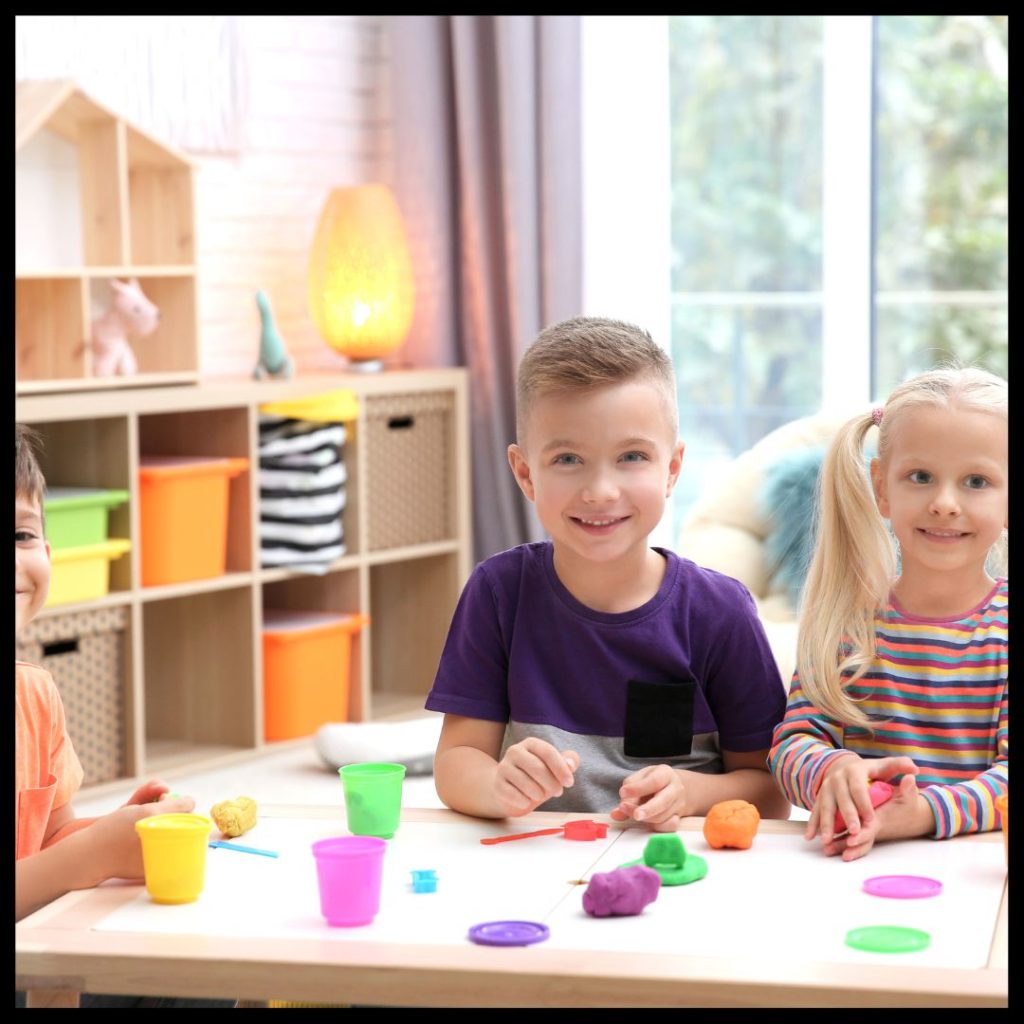
3. Add more play in the classroom by incorporating movement.
Movement activities are a great way to engage young students, and they can be easily incorporated into any lesson.
One way to add more play into the classroom is to incorporate dance into your lessons. There are many YouTube videos that teach math and literacy concepts with rhythm and dance movements. When kids are up and moving during a lesson they are more likely to remember the skills you're teaching.
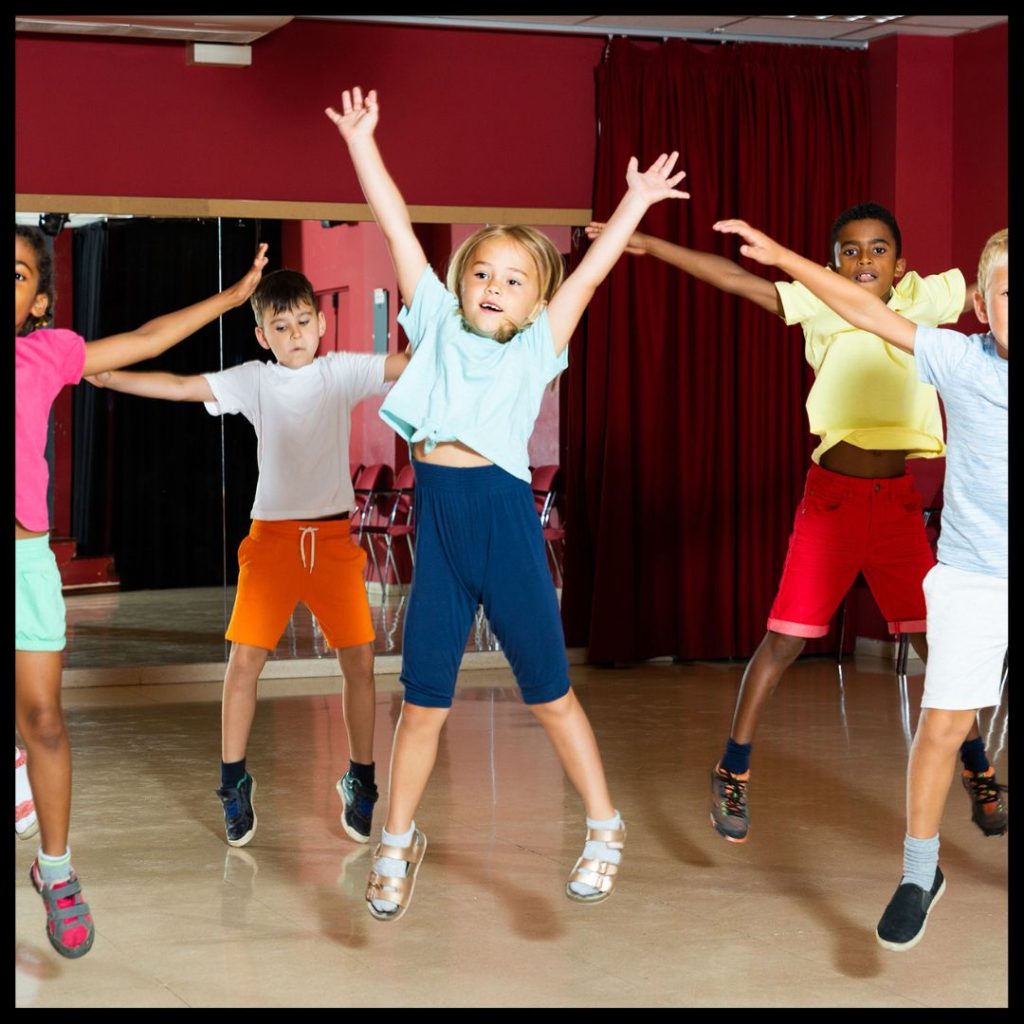
Dance is also a great way to get students up and moving during transition times or when they need a brain break. Take movement breaks throughout the day. This can be as simple as setting a timer for every 30 minutes and having students stand up and stretch or dance for 2 minutes. Movement breaks are a great way to get students' heart rates up and help them refocus when they return to their work.
4. Add more play in the classroom by using puppets.
Many teachers find that using puppets is a great way to add more play into the classroom. Using puppets allows students to pretend and use their imaginations, which can be very beneficial for their cognitive development. You can use puppets in your whole group lessons to retell a story, act out a scene from a book, or even create an original story.
You can even have a puppet learning center in your classroom where students can retell stories or put on a show. A puppet learning center is relatively simple to set up- all you need are puppets (which can be anything from a simple finger puppet to a more complex sock puppet), and a stage (which can be as simple as a cardboard box). Adding puppets is a simple way of using play activities in the classroom.

5. Take students outside to learn.
There's something special about teaching a lesson outside. When you take your students out of the classroom, they're able to explore and imagine in a whole new way. Science comes alive when they can touch and feel objects in nature, and the weather becomes a living experiment. Studies have shown that students who learn in an outdoor environment retain information better and are more engaged in the material than those who learn indoors. First graders are particularly enthusiastic about learning outside, and their natural sense of wonder is contagious. So next time you're planning a lesson, consider taking it outside. Your students will thank you for it.
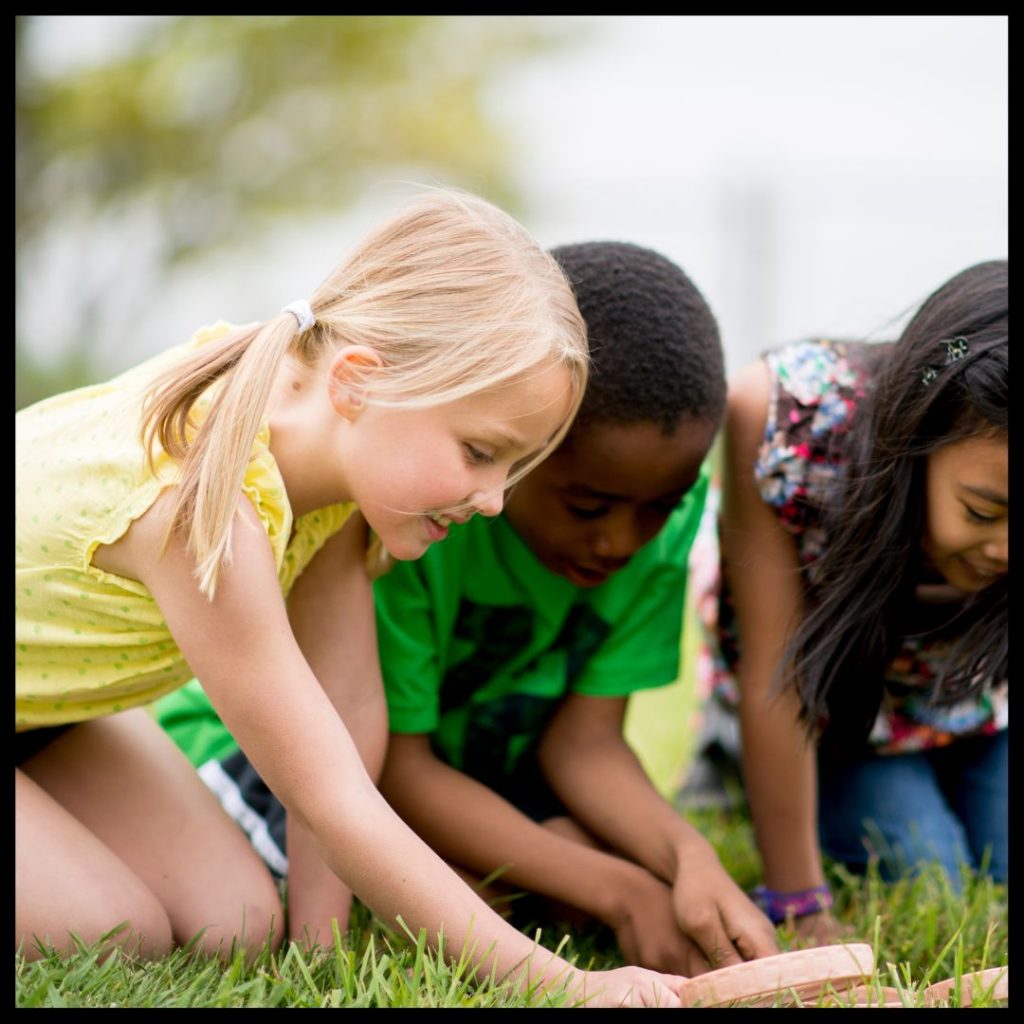
6. Add play based learning centers to your classroom.
While playtime is often seen as a time for kids to just have fun, it can actually be an important part of the learning process. That's why many first grade classrooms make use of play-based learning centers for math and literacy. These centers give kids the opportunity to engage in hands-on activities that help them develop important skills like literacy and math. And because the centers are play-based, they're also more engaging for kids than traditional lectures or worksheets.
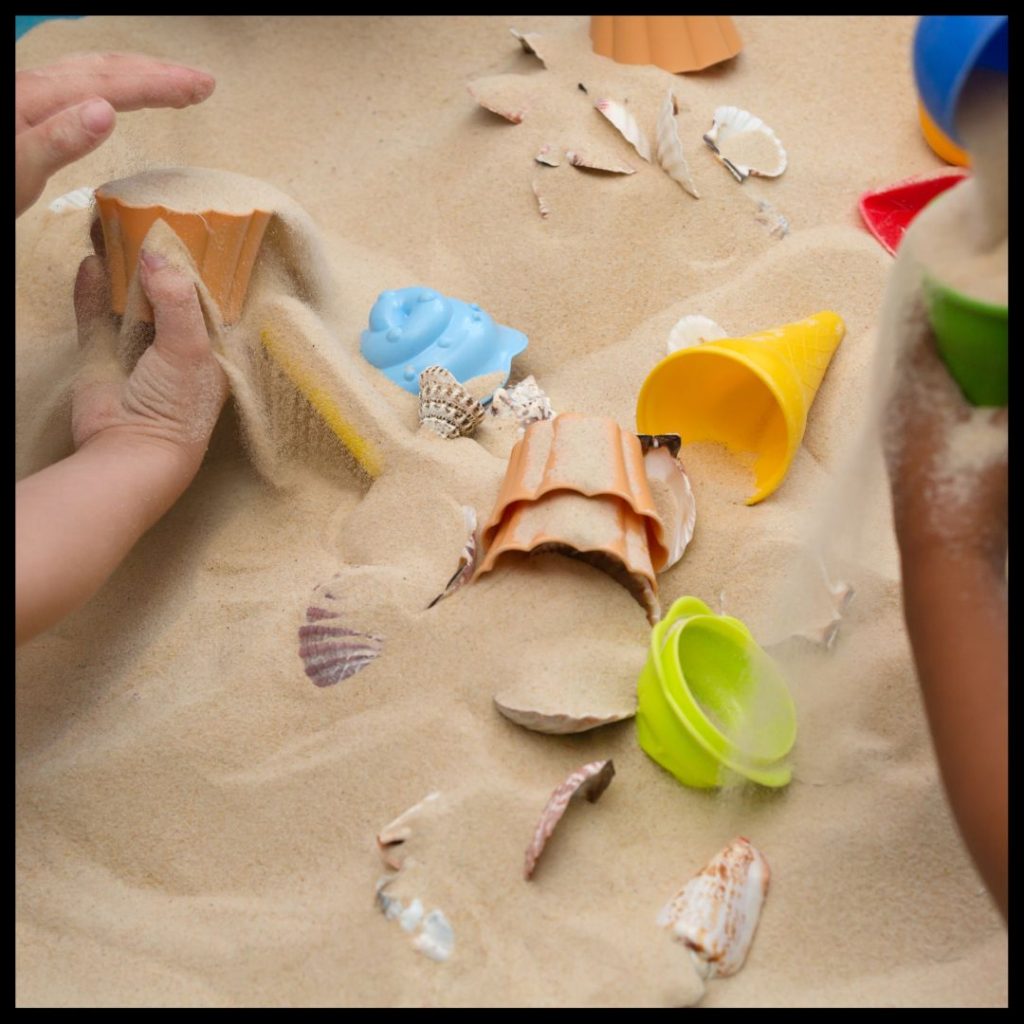
You can have a variety of learning centers in a kindergarten or first grade classroom including:
- Math
- Phonics
- Art
- Listening
- Library
- Writing
- Spelling
- Dramatic play
- Science
- Computers
- Sensory tables
- Blocks
- Construction
- Whiteboard
- Puppets and retelling
- Fine motor
- Dance and movement
- Sand or Water table
7. Add more play in the classroom with technology.
Many people think of technology as something that takes away from play. But there are actually a lot of ways to incorporate tech into games and activities for first grade students. Smartboards are becoming more common in classrooms, providing a more interactive way to teach during your whole group lessons. Having students come up to the board and participate in games and interactive activities is a great way to add more play in your lessons.
Another great way to incorporate play and technology is with boom cards. Boom cards are interactive task cards that you can use in whole group, small group or for centers. They come in a wide variety of topics and skills and are great for young students. They're self checking and have fun themes kids love!
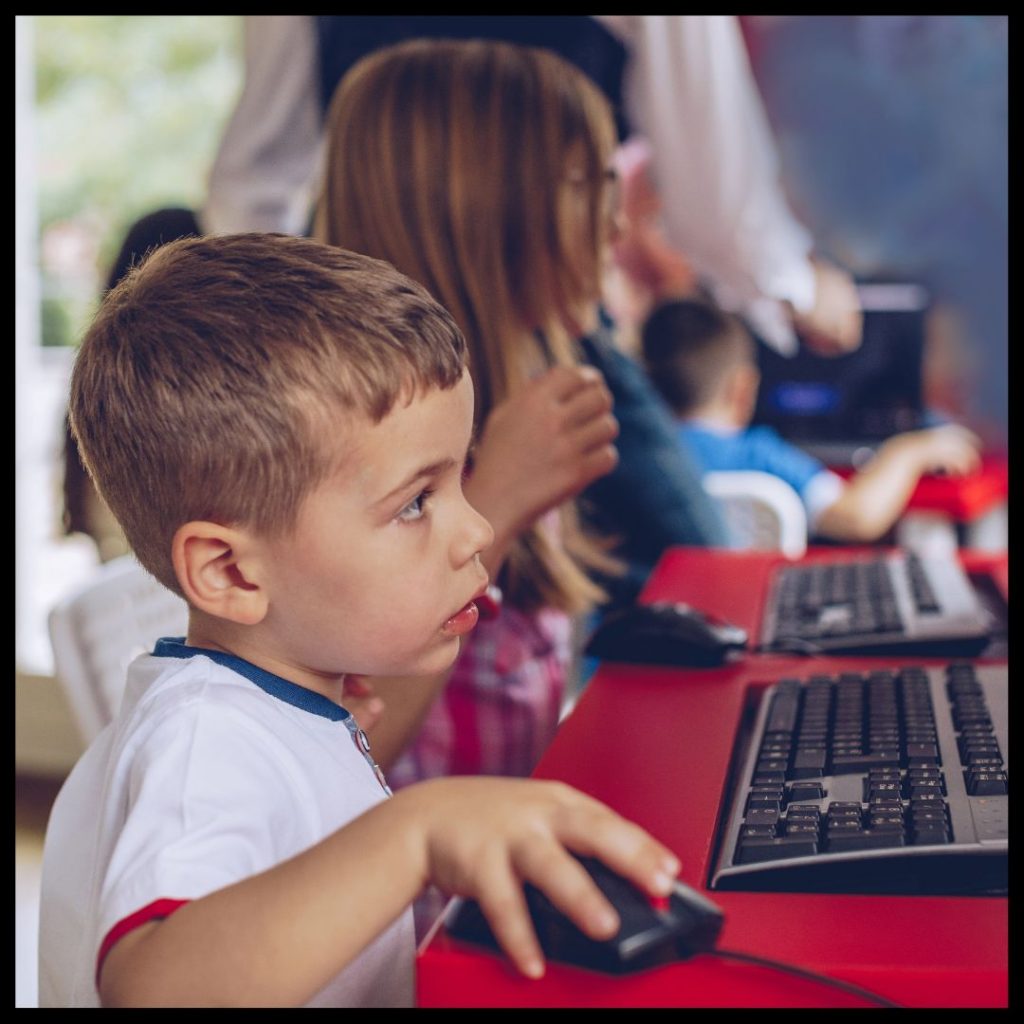
With so much focus on standardized testing, it can be easy to forget the importance of play in a child's development. However, there are ways to add play into the classroom even with technology. Games can be a great way to get children engaged and interactive. Computer games, tablets, and even smartboard games are all great options.And as our world becomes increasingly digitized, it's important to get kids familiar with technology early on.
8. Add imagination and adventure into your lessons.
One of the best things about first grade is that it's a time when kids are really starting to use their imaginations. They're pretend-playing more, and they're getting excited about exploring the world around them. Here are some ways to add even more imagination and adventure to your classroom:
- Encourage pretend play. This can be done by providing simple props for pretend games, or by suggesting activities that require pretend like becoming paleontologists and learning about dinosaurs or becoming botanists and learning about plants.
- Take time for stories. Whether you're reading aloud together or your students are listening to audio books at your listening center, stories are a great way to spark the imagination.
- Get outside and explore. First grade is a great time to start learning about nature and the world around us. Take walks, look for bugs, and learn about the plants on your playground.
- Do some science experiments. Science is all about asking questions and discovering how things work. Doing simple experiments in the classroom can be a fun way to learn, explore and add more play in the classroom.
9. Make learning feel like play with a field trip.
A field trip can be the perfect way to make learning feel like play. And there's no need to wait until students are older – even first graders can benefit from exploring the world beyond the classroom. A trip to the zoo can introduce students to new animals and concepts, while a visit to a historical site can give them a hands-on opportunity to learn about the past. Or take them on a tour of the local fire station or grocery store – they'll get to see how things work in the real world and maybe even meet some new friends along the way.
At the end of the day, a trip to the park for some good old-fashioned fun is the perfect way to wind down and let all that new learning sink in. No matter where you go, a field trip is a fun and interactive way to learn about the world around us.
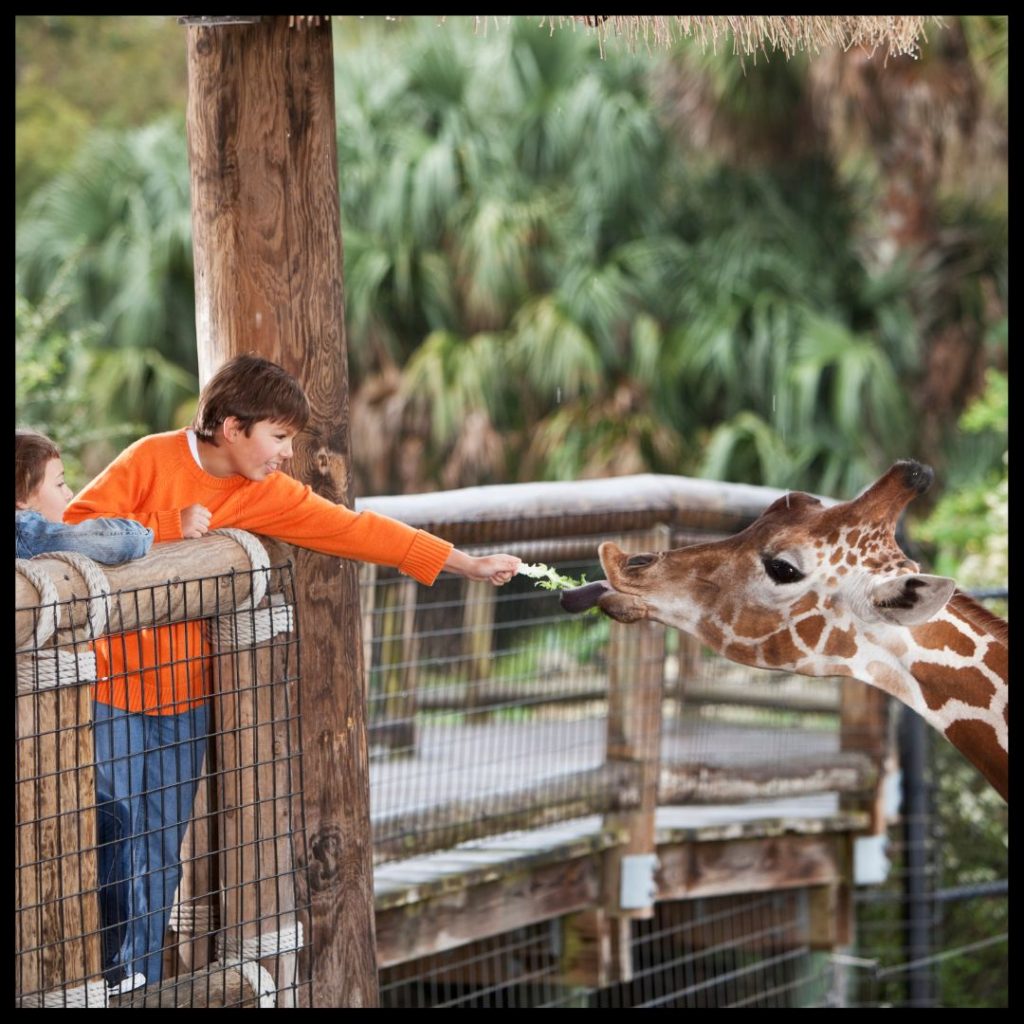
10. Add more play in the classroom with project based learning.
One of the best ways to add some play to the first grade classroom is through project based learning. This approach allows students to work together in teams to develop ideas and plans. This type of learning is great because it allows students to be creative, work together, and learn how to complete a project from start to finish. It also allows them to take ownership of their learning and see the real-world applications of what they are learning.
How can you incorporate project based learning in first grade? Here are a few examples:
- Researching, writing about and creating animal habitats
- Making and learning about maps
- Becoming botanists and learning about plants
- Becoming paleontologists and learning about dinosaurs
- Becoming a pilgrim and learning about life long ago
If you're looking for a way to add some fun to your classroom, consider incorporating project based learning.
11. Allow students to have free play in the classroom.
Many elementary school teachers plan for a certain amount of free play time in their classrooms, and for good reason. Free play gives first graders the opportunity to explore and experiment with the world around them. It helps them to develop problem-solving and critical thinking skills as they try to figure out how to use the materials they have available.
Free play also allows children to practice important social skills such as cooperation and communication. Perhaps most importantly, free play is simply fun! And it's important for first graders to have some time each day to just relax and enjoy themselves. So next time you see a group of first graders playing games or building towers out of blocks, know that they're not just goofing off – they're actually learning and growing in important ways.
Want more ideas about adding more play in the classroom? Take a look at these posts:
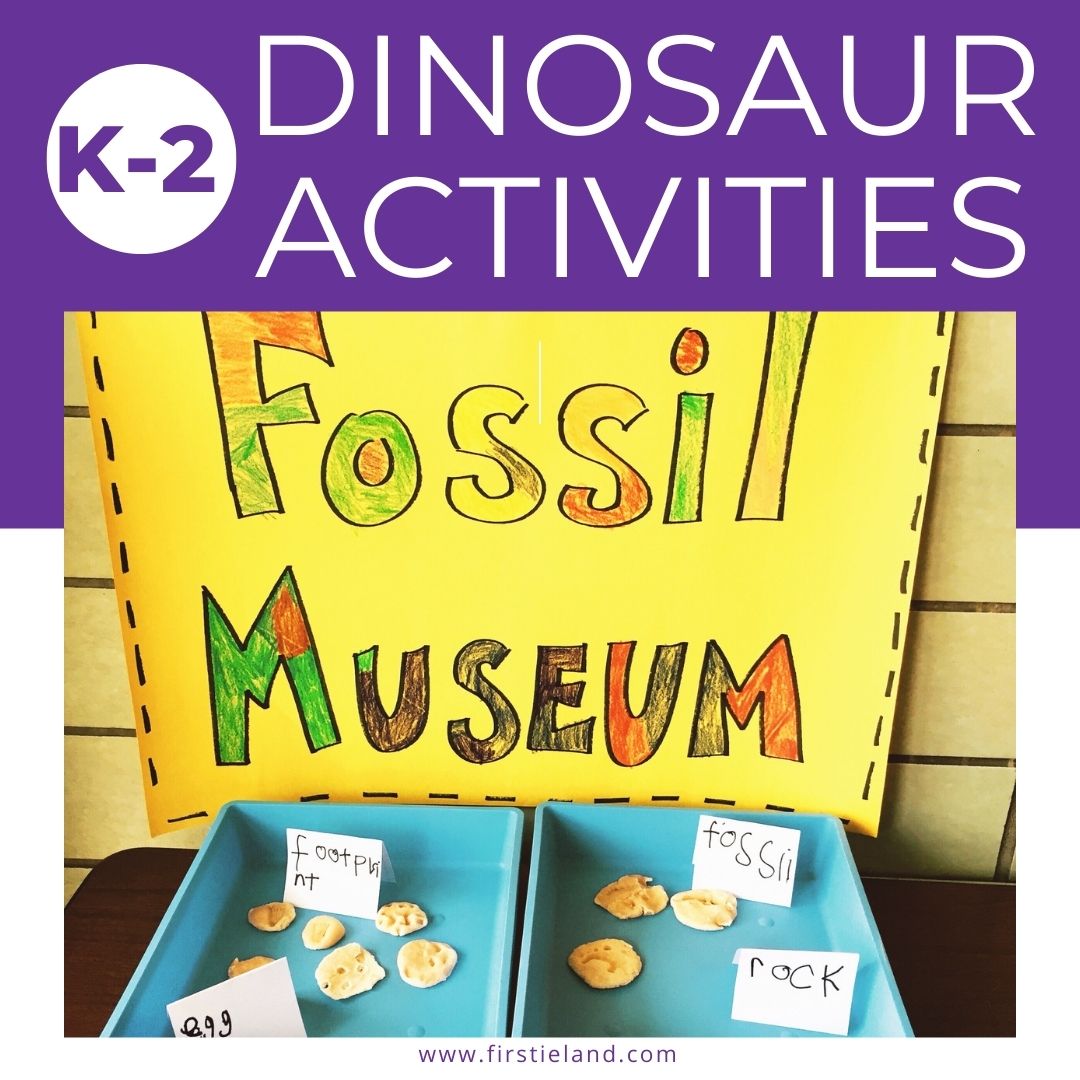
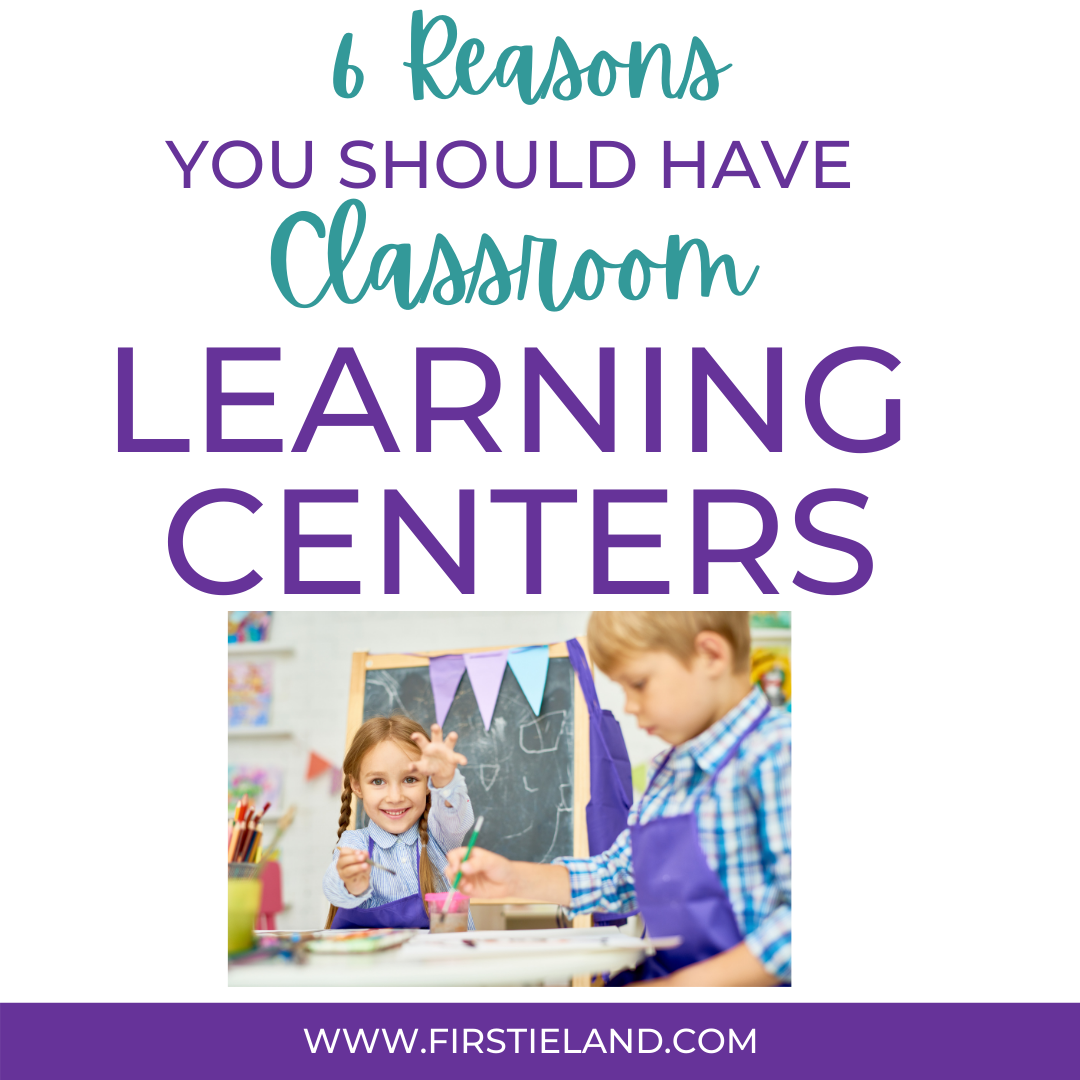
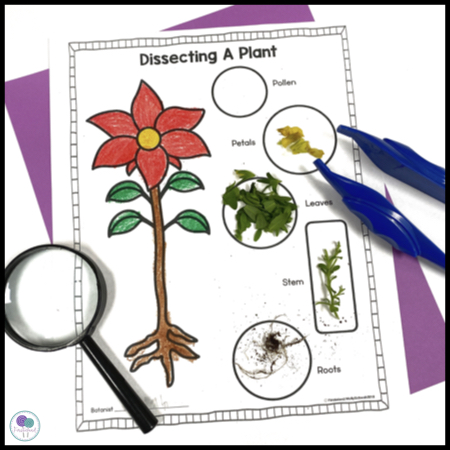
SAVE THESE IDEAS
Take a minute to save these tips to your favorite first grade Pinterest board so you can remember them later!
